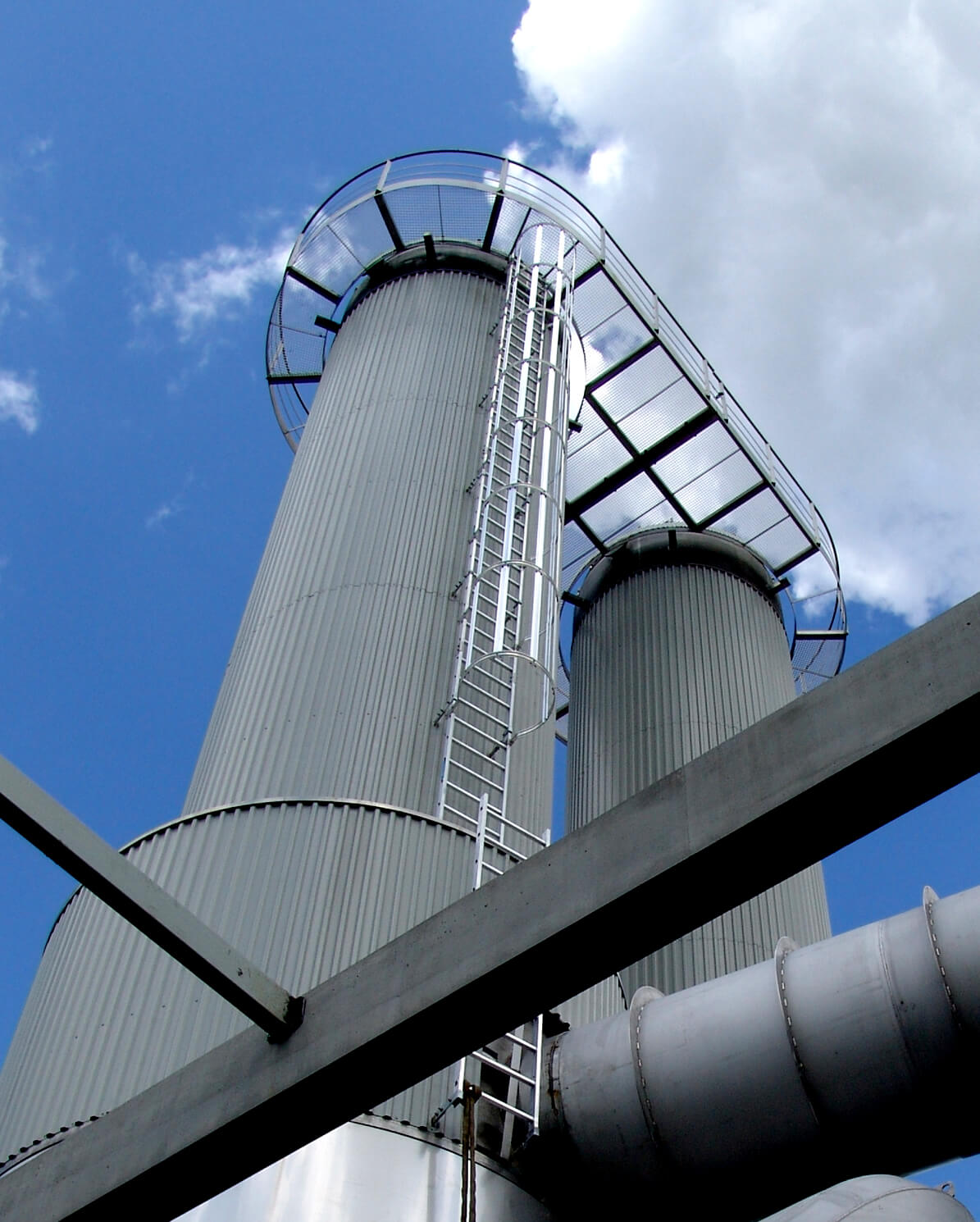


Whole tapioca flour is also called tapioca flour, which is in the form of powder. Unlike tapioca starch, it is the processed product of all tapioca roots, retaining the nutrients of tapioca, and its nutrition is more comprehensive than that of tapioca starch. Mainly for food.
According to our company's many years of industry experience, the processing of tapioca flour can be roughly divided into several sections: cleaning, crushing, dehydration, drying, and packaging. Each section is linked, and the entire production process can be automated.
Process flow
The first step of cleaning:
Cleaning is a key link in the processing of tapioca flour, which is especially important compared to the processing of whole tapioca flour, because if there is sediment in it, it will directly affect the quality of tapioca flour, resulting in high impurity content. The tapioca cleaning equipment in this process includes: tapioca special drum type impurity remover, which uses the mutual friction between tapioca and drum and tapioca to remove the sediment and tapioca skin on the surface of tapioca; Remove silt and skin from tapioca by vigorous washing. Because most of the hydrocyanic acid contained in tapioca is contained in the skin, the first step of cleaning is very important.
The second step of filing:
the cleaned tapioca is transported to the pulverizer through the belt conveyor for pulverization, and the pulverized wood powder blocks are sent to the filing machine through the screw conveyor for filing. The filing unit is the most important link affecting the extraction rate.
The filing machine rasps the tapioca pieces into potato pulp, which includes free starch granules, fibers, fibers containing bound starch, and cell fluid (containing solubles such as protein, sugar, and minerals). It needs to be diluted with process water during the filing and grinding process. After filing, the potato pulp enters the collecting tank through the screen under the filing machine and flows into the potato pulp barrel. A slurry pump is installed at the bottom of the tapioca pulp barrel, and the tapioca pulp is pumped into the desanding cyclone through the slurry pump to remove sand from the tapioca pulp.
The third step is sand removal and screening:
the tapioca slurry obtained by filing and grinding is pumped into the sand removal cyclone. The material with a certain pressure enters the desanding cyclone along the tangential direction. In the cyclone, the tapioca pulp rotates at a high speed, and the starch and fibers of the light phase overflow from the top, and the sand of the heavy phase is discharged from the bottom. There is a sand accumulating tank under the ceramic swirl tube. The sand accumulating tank is connected with pressure backwash water to ensure that the starch will not be lost from the bottom flow port, and the discharged sand particles are regularly discharged through two airbag valves. The specially manufactured ceramic swirl tube is durable and the uniquely designed air bag valve can automatically discharge the sand particles at regular intervals. The tapioca residue and the tapioca slurry are further separated through a centrifugal sieve. At the same time, the tapioca slurry after soaking and washing in process water will soak out hydrocyanic acid again and discharge it, reducing the content of hydrocyanic acid and improving the quality of tapioca flour
The fourth step of dehydration:
the slurry sieved by the centrifugal sieve enters the buffer tank, and the tapioca slurry is pumped into the diaphragm filter press through the screw pump for dehydration.
The fifth step of drying:
the tapioca flour dehydrated by the diaphragm filter press enters the drying pipeline through the feeder and the lifter. The drying of tapioca flour is basically similar to that of tapioca starch, but the process parameters are different, and airflow can still be used. The dryer, through the combination of high temperature gas and wet flour, quickly takes away the moisture in the wet flour, so that the tapioca flour becomes a dry material. These materials are then screened to reach the specified fineness. The finished tapioca flour can be directly Packaging, if it fails to meet the requirements, it will be smashed again.
The sixth step of packaging:
The dried finished materials can be packaged according to the different requirements of customers and can be sold on the market.
 online service
online serviceScan to wechat :
